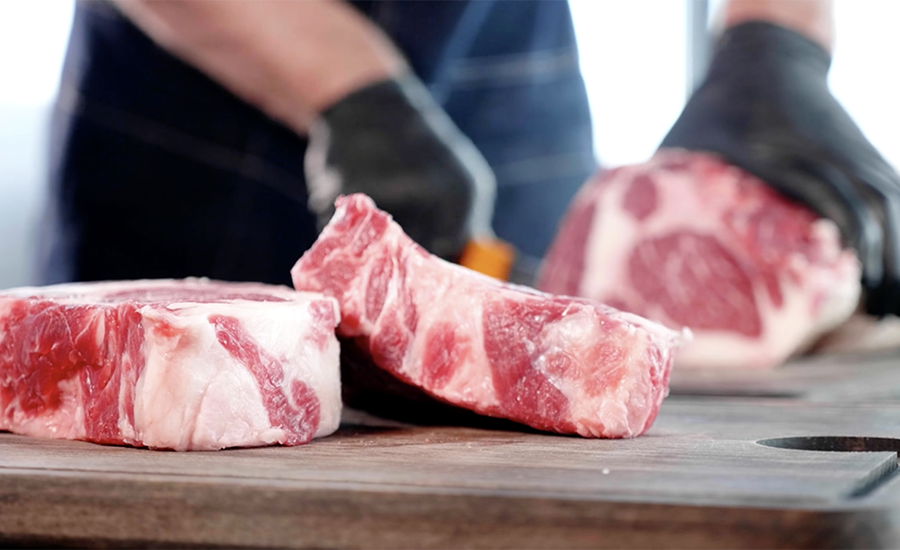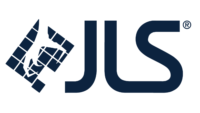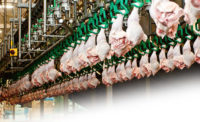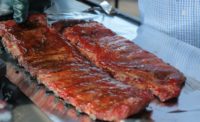Finding and retaining workers is an ongoing challenge for many meat and poultry processing businesses, and the tight labor market has led many to adopt — or at least consider adopting — automation.
“Substituting automation for ‘warm bodies’ seems to be one of, if not the main, options for processors these days for the small hiring pool,” AAMP Outreach Specialist Nelson Gaydos said. “Trimming and deboning is vital to generating the meat that will become value-added products, but it is a very labor-intensive job — a job that can be difficult to keep filled.”
Casey Lynn Gallimore, director of regulatory policy at the North American Meat Institute, said that while automating trimming and deboning is often thought of as a replacement for line workers by taking over an entire function, automation is more likely to be tailored to assist in certain aspects of the process. One benefit of the targeted application of automation in trimming and deboning is reducing the number of repetitive-motion tasks workers must do.
“Certain trimming and deboning motions can be burdensome on workers,” Gallimore said. “Companies rotate employees, use specific training, provide stretching exercises and other practices to reduce the burden for these jobs. Automation is another option that can take over the more burdensome aspect of a process, while still allowing for the flexibility and experience provided by workers.”
Though it can come with significant upfront capital costs, automating trimming and deboning can help processors increase production and ease the burden of hiring new workers for this task and free up current employees to work on other parts of production, Gaydos said.
On the technical side, vision systems have changed the game for robotics and automation in meat and poultry processing, Gallimore said.
“Unlike car manufacturing, for example, where every part is the exact same size, we are working with animal carcasses that are highly variable,” she said. “Automation was a slow start in our industry because early solutions could not adapt to the different sizes and conformations of carcasses and parts. Vision systems have allowed for automation solutions that can ‘see’ the carcass or part and adapt. As these mature and further refine, solutions are likely more able to handle the nuances of trimming and deboning. “
Given the variability in sizing for carcasses and parts, sometimes the benefits of hand-trimming are a better solution than an adopting an automated process.
“Experienced employees are often more precise than automated solutions for certain detail-oriented tasks, like trimming and deboning,” Gallimore said. ” Another thing to consider is that automation will never replace the need for labor entirely, but it can change the number and type of labor needed. Automation equipment, like all equipment, requires maintenance from skilled workers.”

.png?height=96&t=1647275041&width=96)


